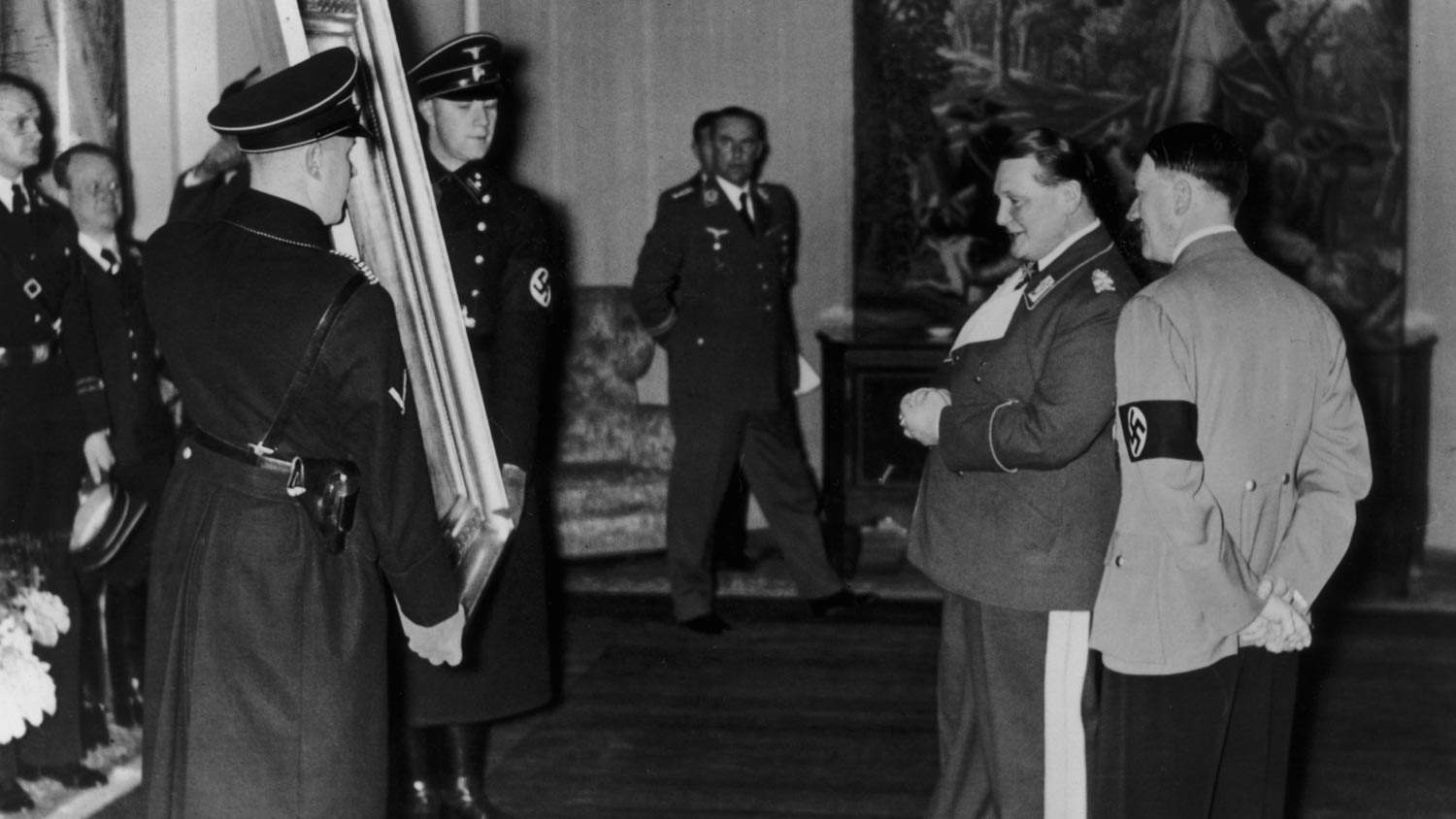Friday on Rai 5 an evening on works stolen during the war and then returned
On Rai 5, Friday, March 12 at 9:15 p.m., there will be an evening entirely devoted toart stolen during wartime, specifically during World War II, when the German army was mandated to plunder artworks from occupied countries, taking them from churches, museums, and private collections of regime opponents and Jews. Immediately after the war, many of these works returned to their rightful owners, others were returned only after decades, and still others were lost. To these still-lost works, in the hope of being able to admire them again, the Rai Cultura program Art Night (by Silvia De Felice, Massimo Favia and Marta Santella, directed by Andrea Montemaggiori) dedicates the episode aired on Friday, March 12 at 9:15 p.m. on Rai 5, entitled A volte ritornano. At the center of the episode are two stories with happy endings, told in two first-run documentaries, Flowers on Canvas and 21, Rue la Boétie. The Rosenberg Gallery, which show how complex it still is to protect, save and recover cultural heritage.
Flowers on Can vas is a documentary by Emanuela Avallone and Silvia De Felice, directed by Monica Madrisan, produced by Rai Cultura. The story starts in 1943: the German army, by deception, empties some secret deposits in the Tuscan countryside taking away about 50 crates, containing some of the most precious works of our heritage. Officials of the Uffizi Galleries in Florence had hidden them to avoid bombing damage: they are works by Botticelli, Giotto, Cimabue and other important artists, which thus leave for Germany. Fortunately, the events of history made the transfer difficult, and in 1945 the Allied army recovered the works in Val Passiria and brought them back to Florence, where we still admire them today. All but nine of the works are lost. These include Jan van Huysum’s Vase of Flowers, a valuable painting purchased by Grand Duke Leopold II of Lorraine in 1824, which was in the Pitti Palace in Florence. More than 70 years would pass before the painting could return to the Uffizi in December 2019. What has happened in all these years?
The documentary reconstructs the complex investigation, the delicate dialogue of international diplomacy, moments of stalemate and twists and turns, recounted by the director of the Uffizi Galleries, Eike Schmidt, with the timely and passionate reconstruction of Lieutenant Colonel Lanfranco Disibio, who led the last years of the investigation as commander of the Carabinieri Nucleo Tutela Patrimonio Culturale in Florence; the role of Italian diplomacy recounted by Italian Ambassador to Berlin Luigi Mattiolo; the arrival of the works in St. Leonhard in Passiria (Bolzano) reconstructed by Judith Schwarts, curator of the Passiria Museum; and the events of great history that serve as a backdrop to the affair, recounted by historian Isabella Insolvibile.
Next, Art Night features the documentary 21, Rue la Boétie. The Rosenberg Gallery by Virginie Linhart, produced with the participation of France Télévisions. In the interwar years, “21, Rue La Boétie” in Paris established itself as one of the most important art galleries in Europe, thanks to the eye and talent of Paul Rosenberg, friend of Picasso, Braque, Matisse, Laurencin. In June 1940, French defeat against the Third Reich army forced the Rosenbergs into exile in New York to escape state anti-Semitism. 21 rue La Boétie, commandeered and looted by the German occupiers, became the Institute for the Study of Jewish Affairs.
At the end of the war, back in France, Paul Rosenberg discovered that most of his collection had been stolen by the Nazi army, and from that point on he devoted the rest of his life to the search for the 400 missing paintings. If the masterpieces of the Rosenberg collection can be admired today, it is thanks to this relentless search that did not stop until his death. From a long unpublished interview with Anne Sinclair, Paul Rosenberg’s granddaughter, the documentary traces in archival images, through animated graphic illustrations and thanks to numerous photographs, letters and unpublished documents from the Rosenberg family, the trajectory of this exceptional man. The intimate story of a life marked by a passion for art and Great History, of which Paul Rosenberg was both the witness and the victim.
 |
| Friday on Rai 5 an evening on works stolen during the war and then returned |
Warning: the translation into English of the original Italian article was created using automatic tools. We undertake to review all articles, but we do not guarantee the total absence of inaccuracies in the translation due to the program. You can find the original by clicking on the ITA button. If you find any mistake,please contact us.




























